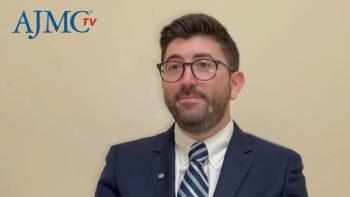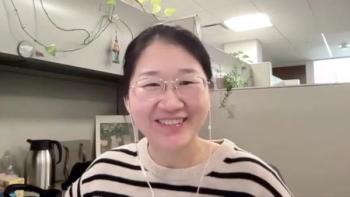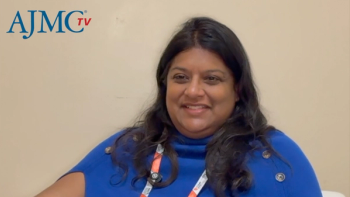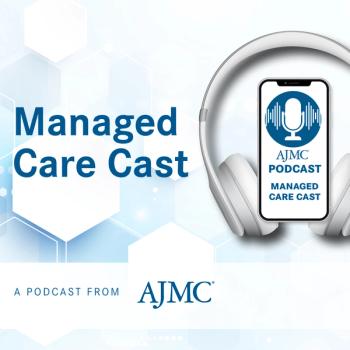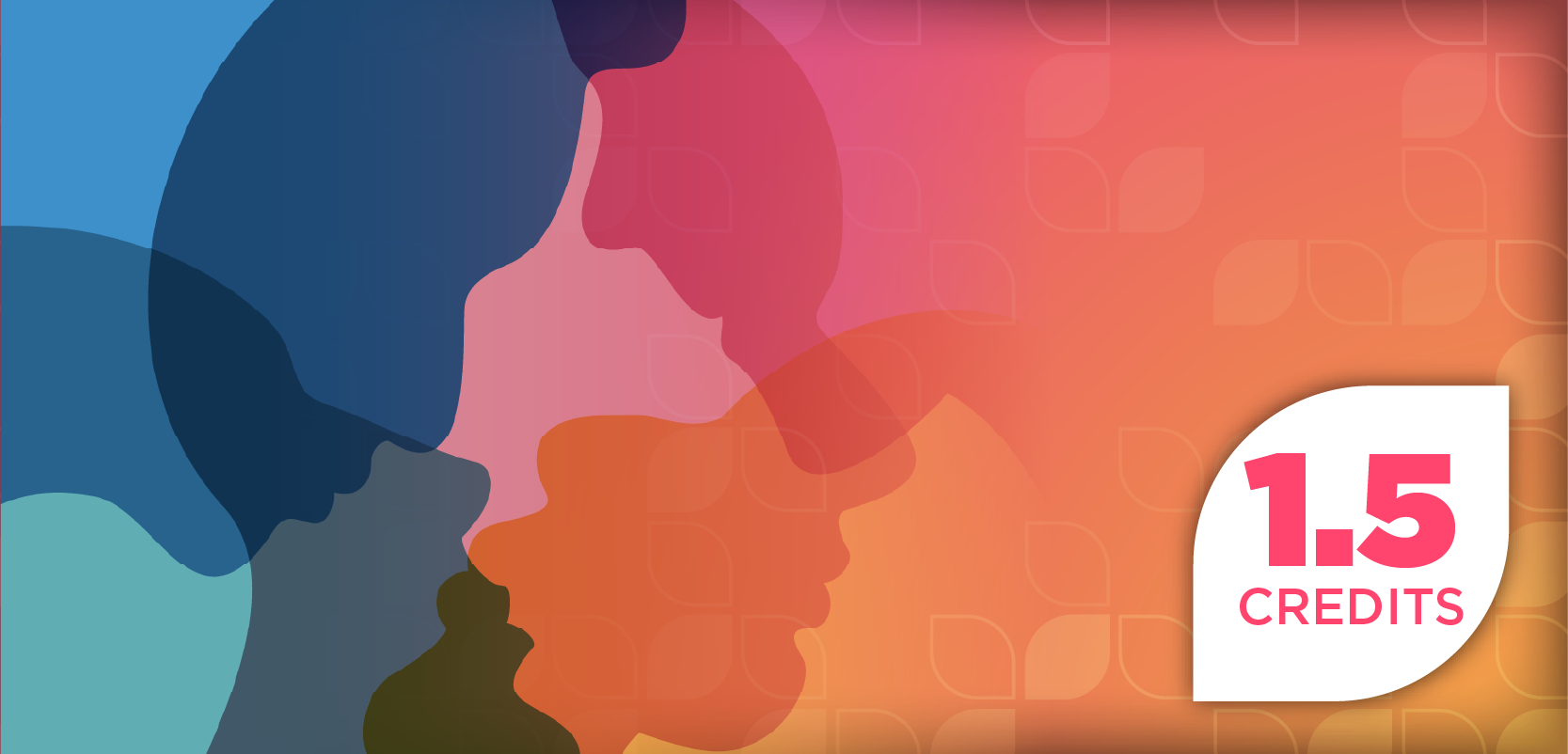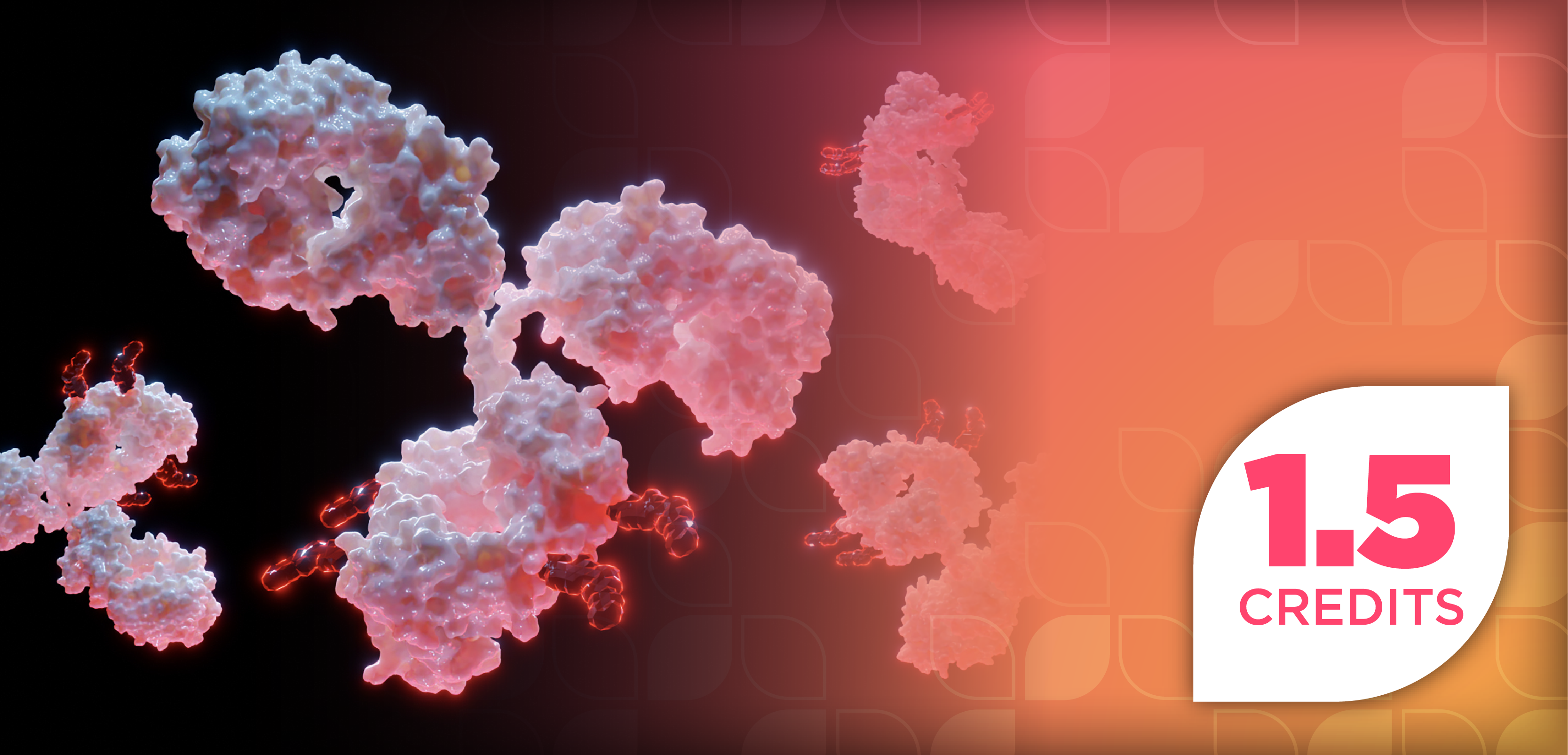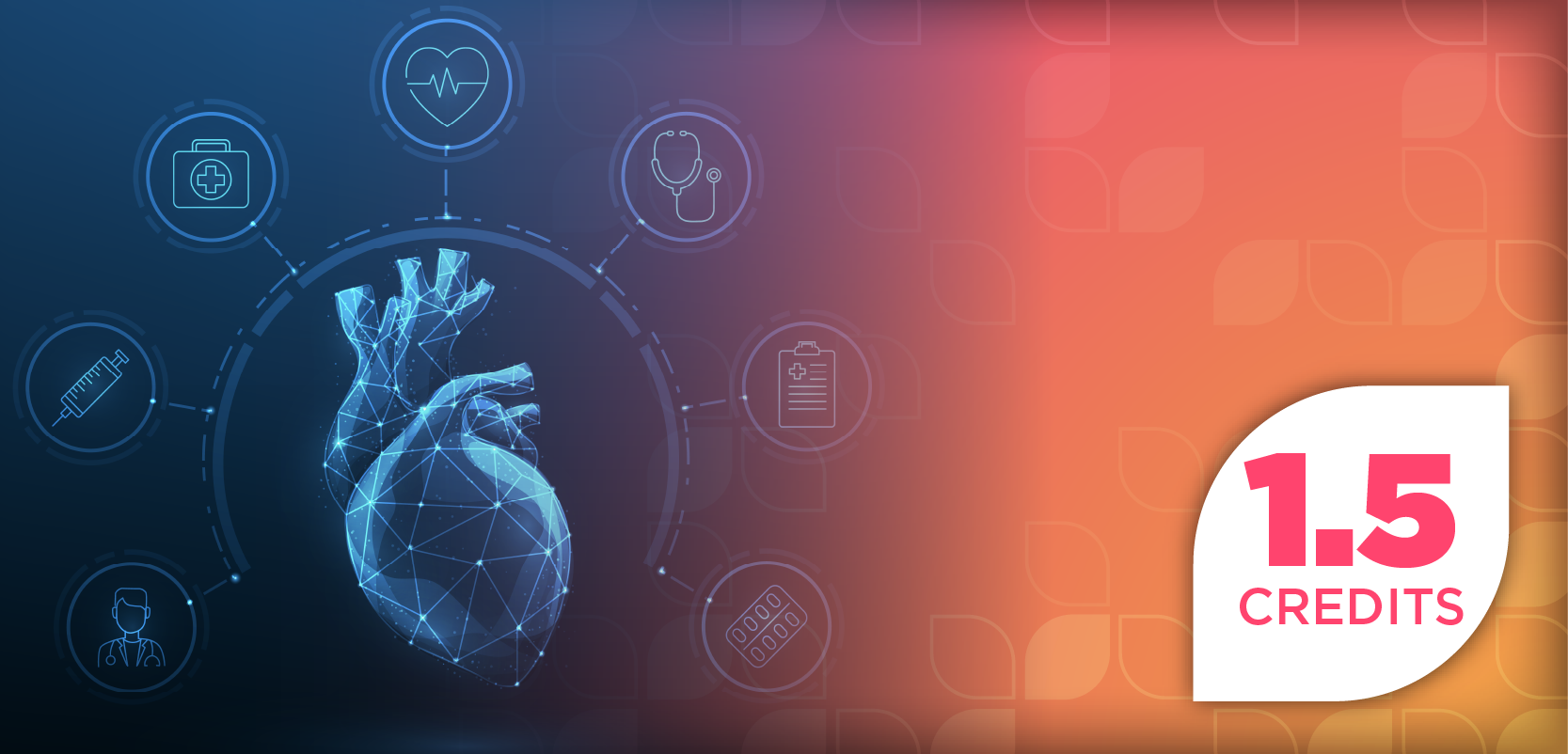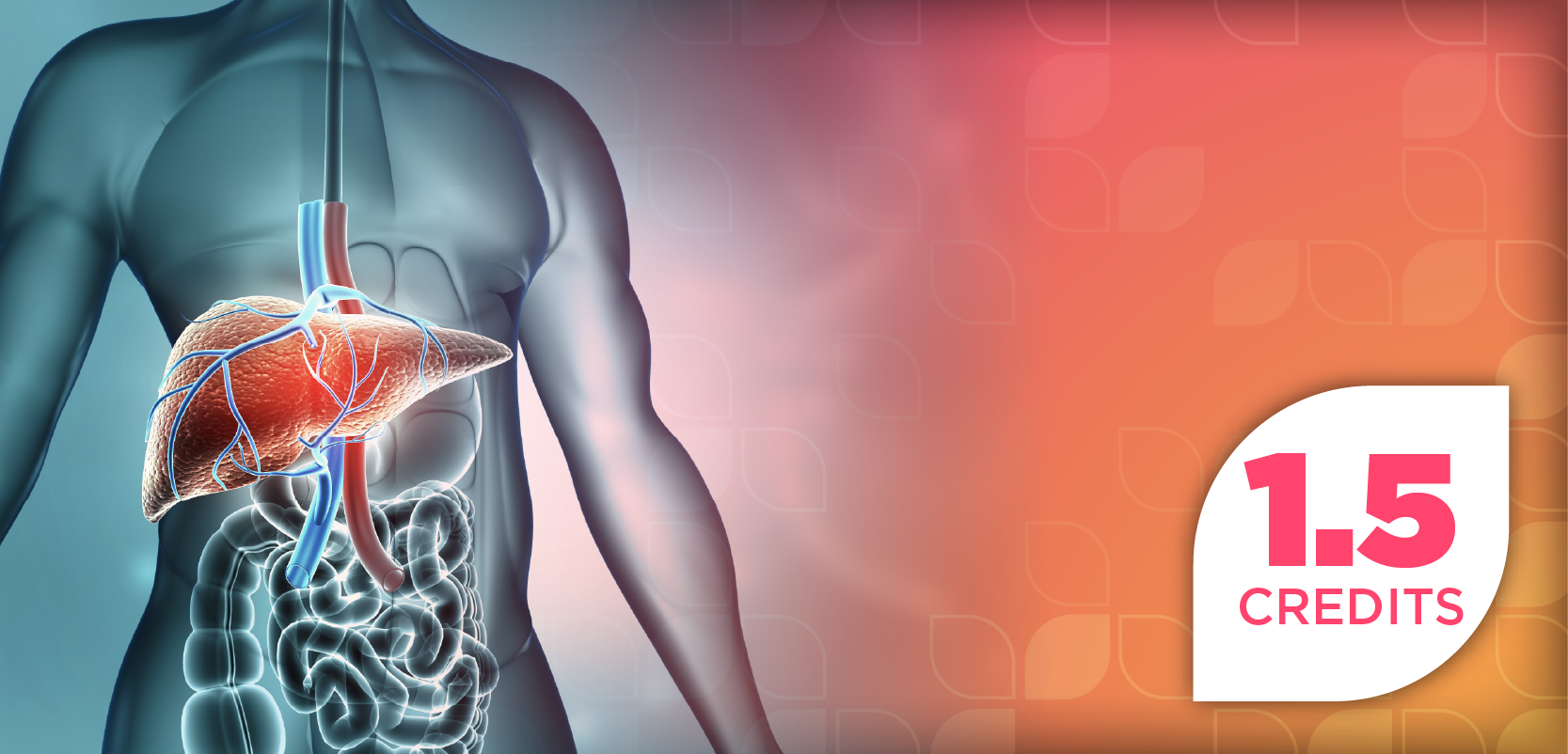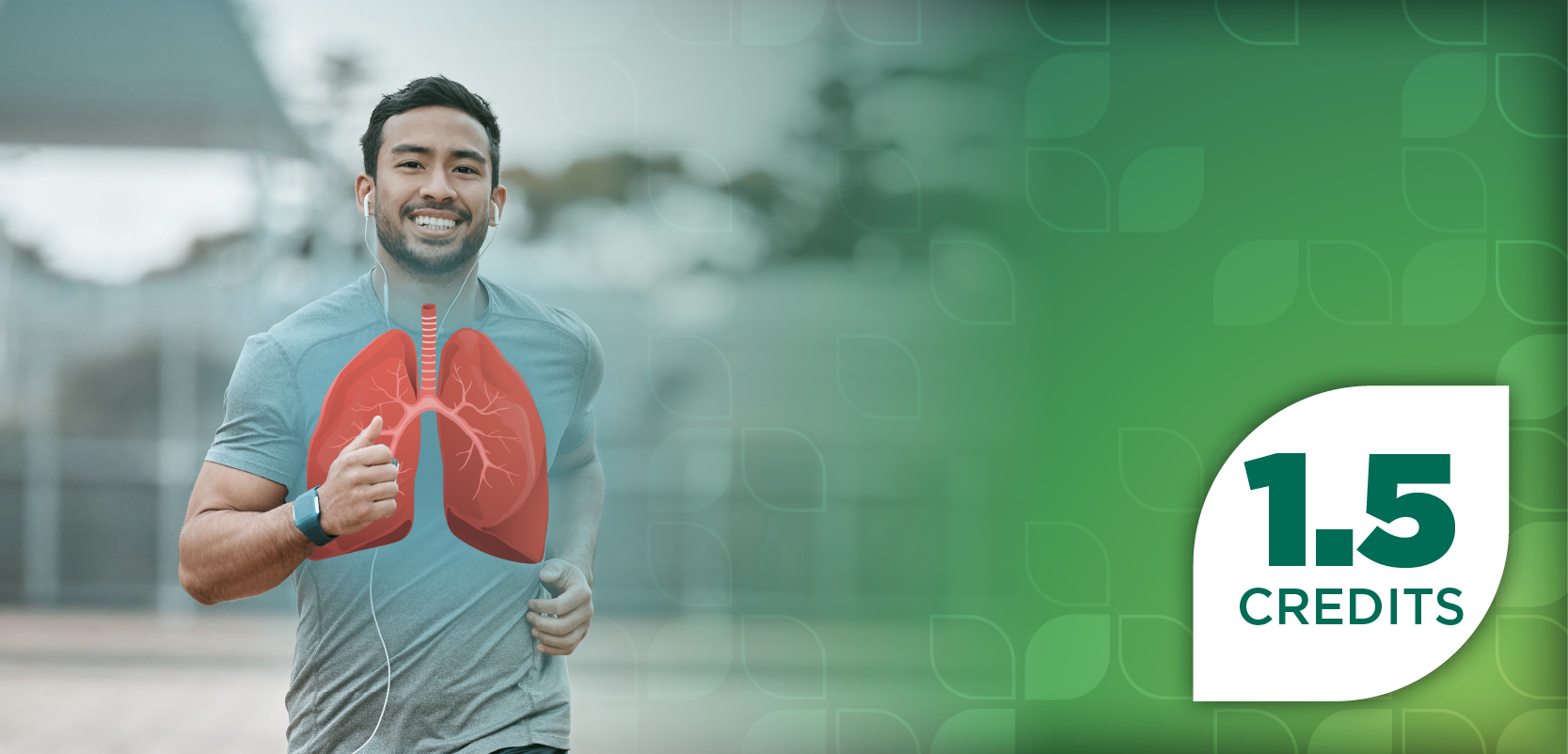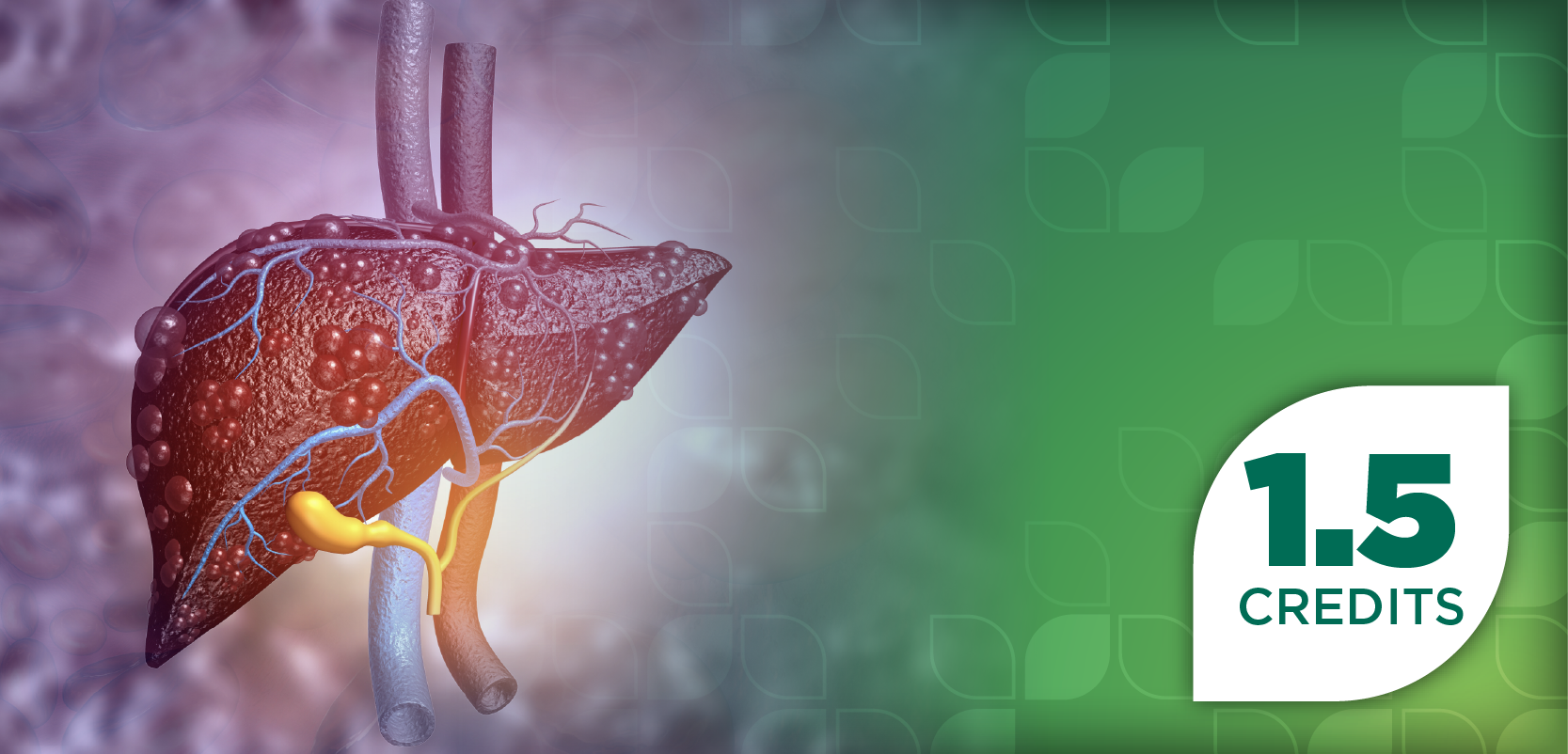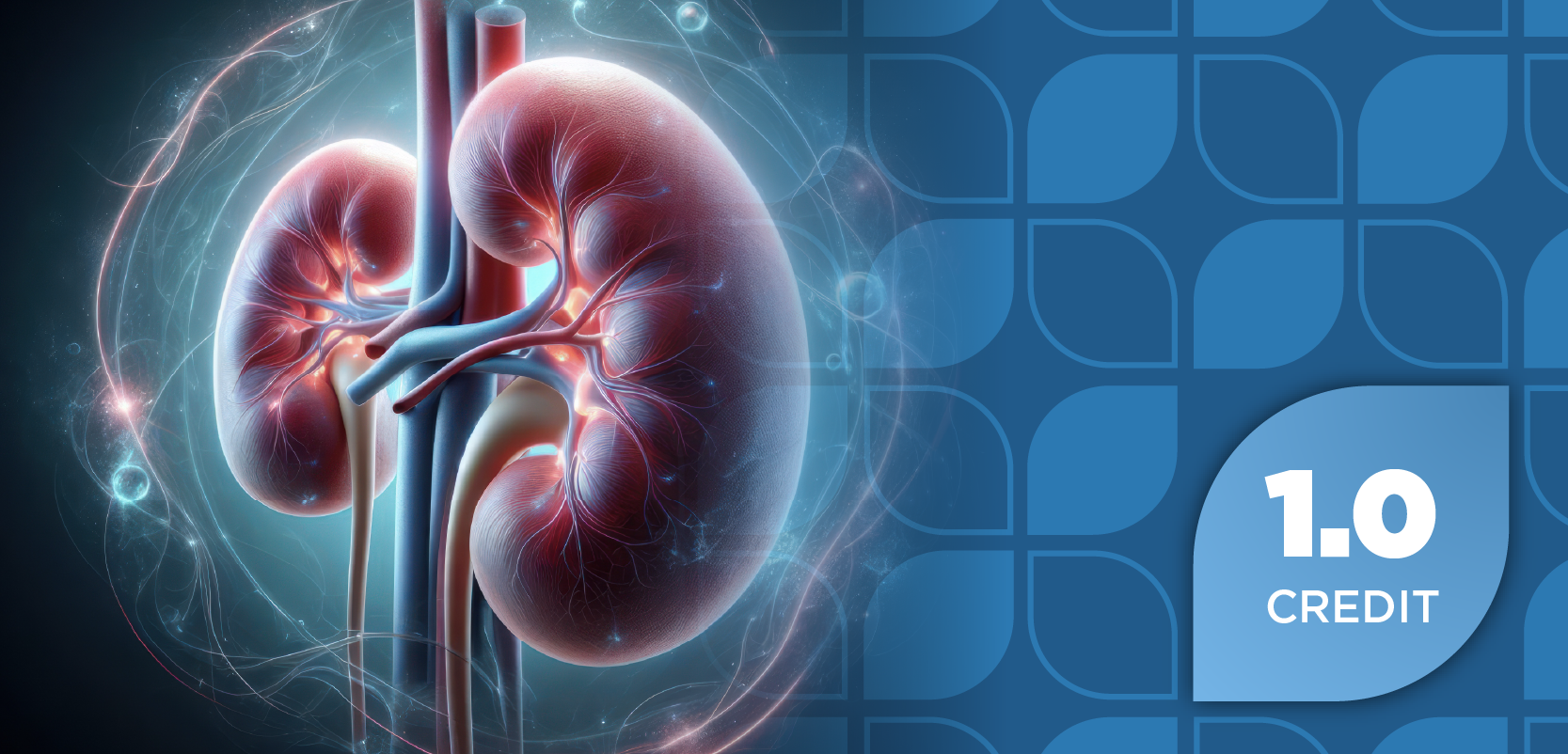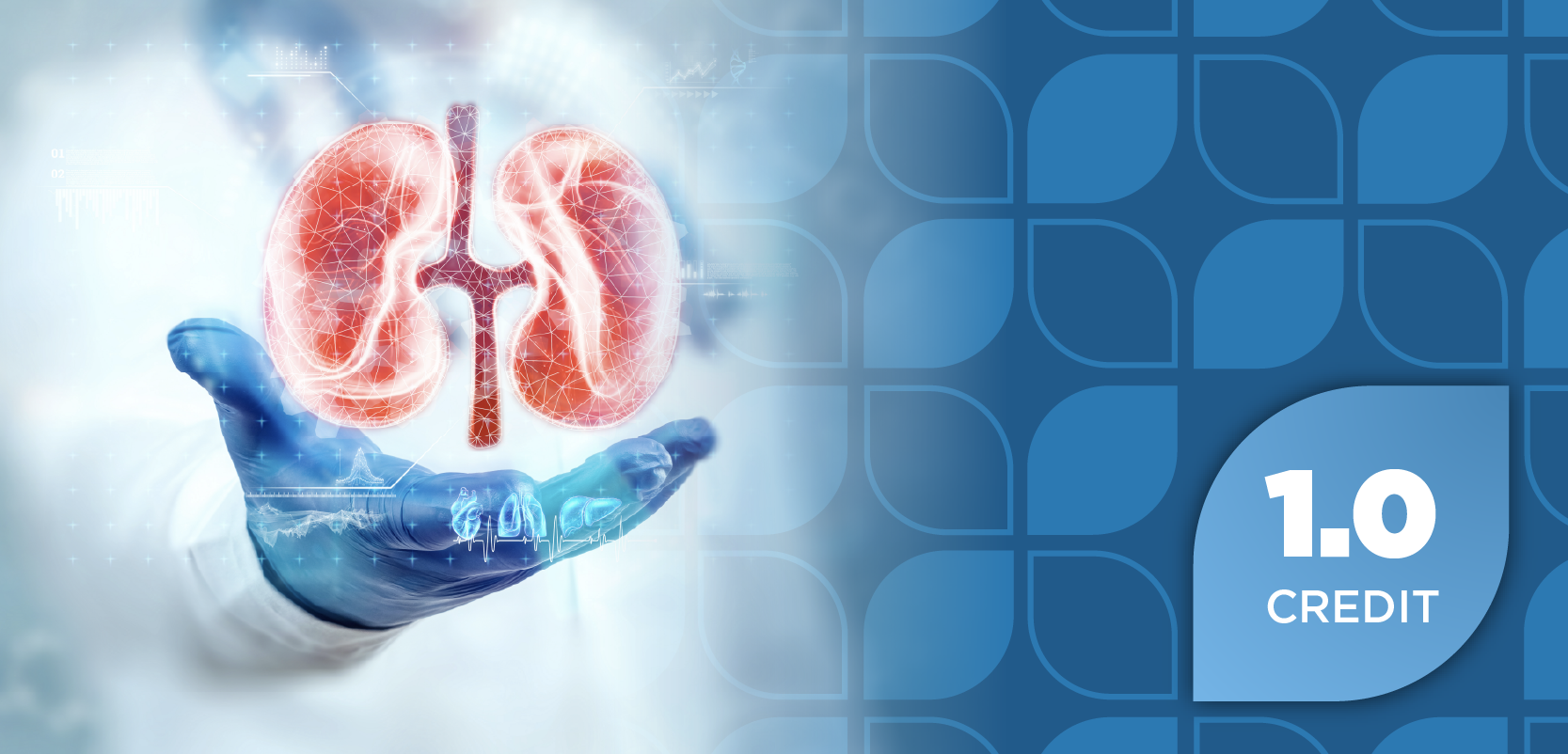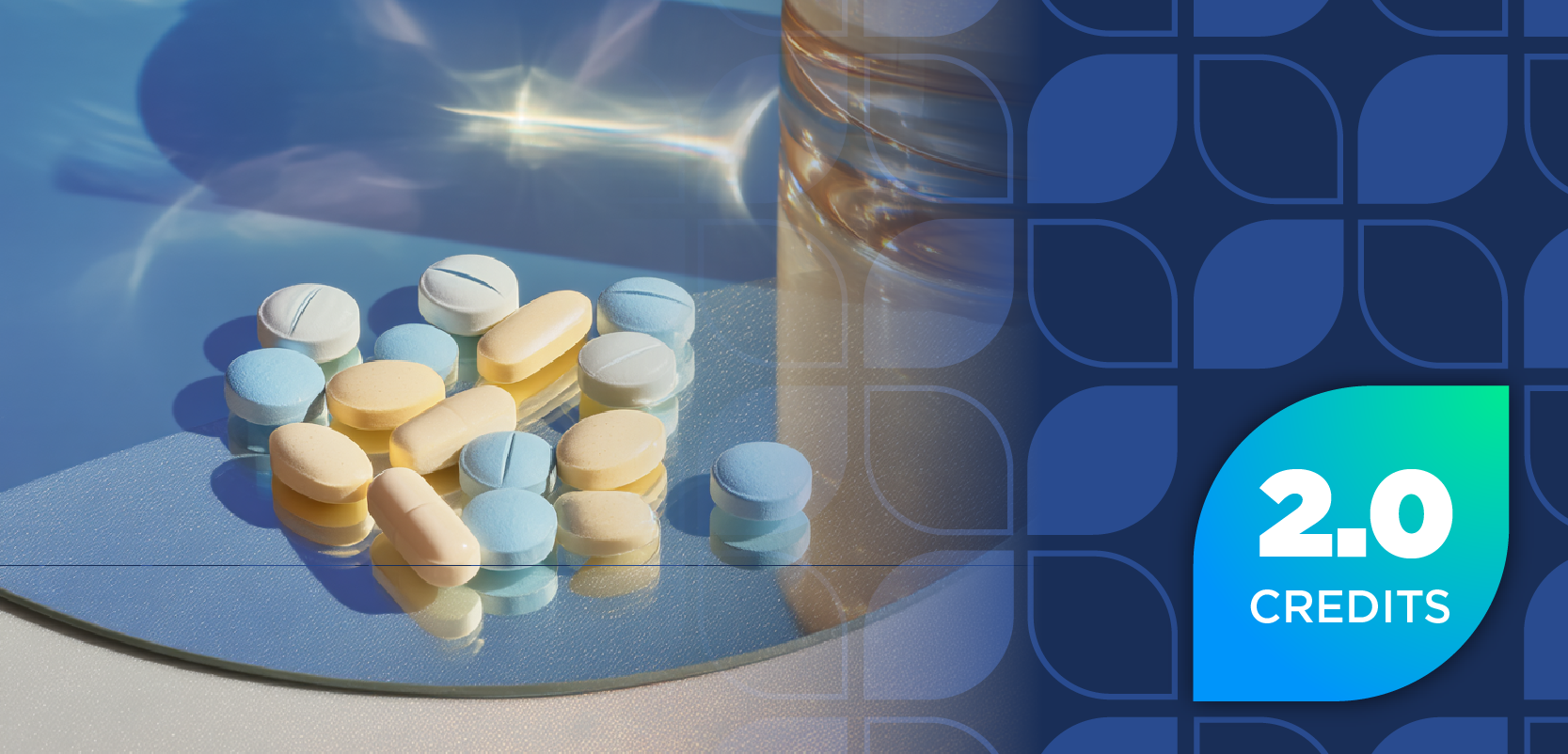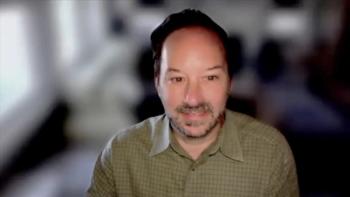
Lidia Fonseca Explains the Role of Data Analytics in Everyday Use
Data analytics used to be done in a retrospective manner, and physicians would be looking at the data long after the patient left his or her visit. Now, Lidia Fonseca, senior vice president and chief information officer of Quest Diagnostics, explained that her and her team have brought data diagnostics back into the physician’s workflow for easier and faster use.
Data analytics used to be done in a retrospective manner, and physicians would be looking at the data long after the patient left his or her visit. Now, Lidia Fonseca, senior vice president and chief information officer of Quest Diagnostics, explained that her and her team have brought data diagnostics back into the physician’s workflow for easier and faster use.
Transcript (slightly modified)
How are data analytics currently being implemented for everyday use in healthcare?
What we’ve done with the data analytics in our offering, which is data diagnostics, again it was important that we make it, you know we implement it into the physician’s workflow. Because if it’s not in their workflow, the chances of them using them becomes pretty slim. So what we’ve done is, we’ve actually added these data diagnostics into our menu and this is a menu they’re used to working with and using for years now.
So we’ve added this data diagnostics to the menu and they can order them similar to the way that they order lab testing. When they place that order for the data diagnostics, it’s an electronic order and they select it from the menu and then they can go ahead and run a data diagnostic for that patient. They’re patient specific so at a point either before the patient presents or when the patient is in front of them, they can run the data diagnostic, request the report and then the report gets delivered within seconds on demand so that they can then take action while the patient’s actually there.
And, that’s actually a big departure from, if you look at typically what has happened is, they look at information but it’s usually retrospectively. The patient’s not there anymore. So we’ve actually brought it into their workflow and at the point of care so that they can make the decisions in a timely fashion.
Newsletter
Stay ahead of policy, cost, and value—subscribe to AJMC for expert insights at the intersection of clinical care and health economics.

